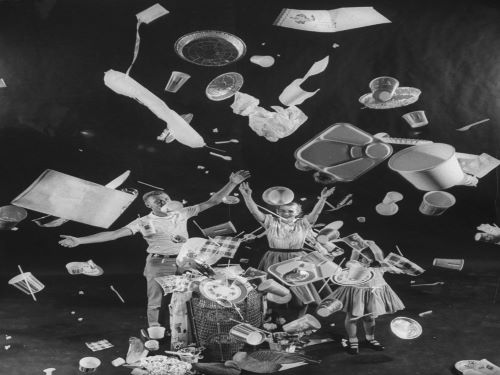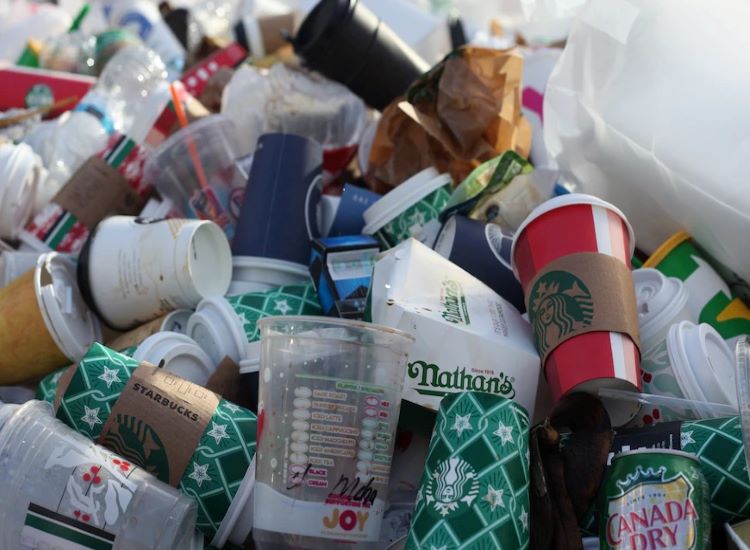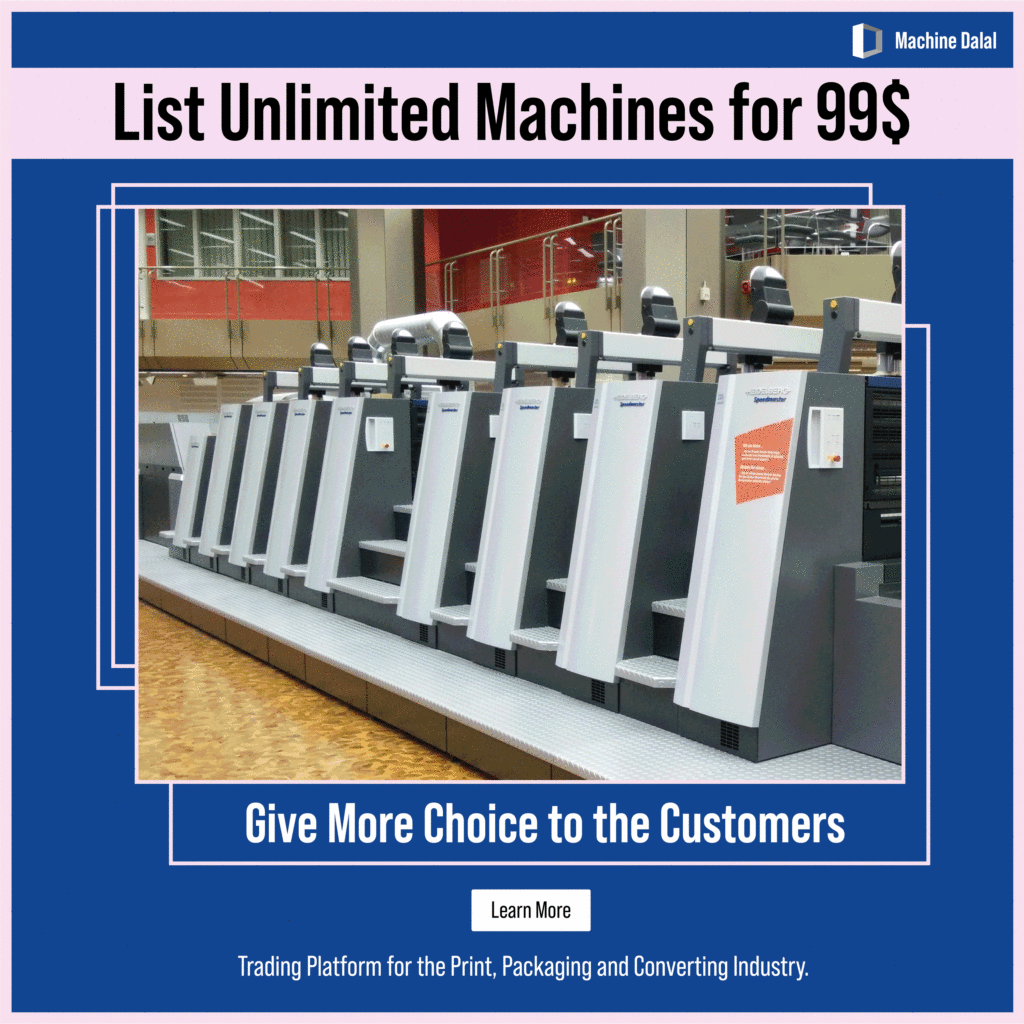The word ‘Fast Food’ evokes the appealing imagery of greasy burgers, crispy fries or cheesy pizzas with layers of pepperoni in the minds of most people. An affordable and convenient fast meal that bodes well with our need for instant gratification. However, one cannot overlook their adverse effects on our health on a long-term basis. And this grab-and-go culture is hurting more than our waistlines. Now, these fast food outlets have become significant contributors to plastic packaging littering.
Why are we in this mess?
Food Packaging
Food packaging serves to safeguard food against any contamination from external factors be it physical, biological or chemical. Since early times, humans have found different uses for polymers in their lives. And plastic has emerged as the most versatile polymer material. With their high strength-to-weight ratio and relatively low cost, they have found various applications in food packaging.
Food packaging has evolved to be a primary aspect of serving fast foods, ready meals, on-the-go beverages and snacks among others. The growth in the global population is driving the rising demand for food production and subsequent increase in packaging material usage.

And now, the fast food industry is at the helm of producing a vast majority of plastic packaging pollution. Most of these franchised quick meal outlets serve items such as burgers, sandwiches, chicken, fries or pizzas wrapped in plastic packaging to make takeout easier and more efficient. The quick and inexpensive food, especially takeaways, has skyrocketed the demand for their consumption and disposing of them thereafter.
Poor Waste Management

Most of these disposed of single-use plastic culminate in waste pile-ups within a short time. A large share of these food packaging plastics easily ends up as litter in open spaces such as landfills and oceans with only a few of them can be recycled. Waste collection systems are failing to deal with the waste generated due to the on-the-go food consumption culture. The lack of appropriate and integrated waste management schemes to sustainably control waste generation further compounds the problem.
The waste management companies have not been able to offer suitable solutions for the outlets. In addition to their limited services, the collection and treatment equipment are not suitable either for fast food restaurants.
Throwaway Lifestyle

It started in 1955 with that year’s Life Magazine edition bringing to the attention a new concept of “throwaway living”. The idea was just to use it once and then throw it away. It appealed to our predisposition to convenience and we grab this culture with both hands and haven’t let it go.
And the result- it has significantly contributed to contaminated landfills, oceans, animal and marine life, and even impacted our lives as well.
Steps taken by large fast food chains to tackle plastic pollution
McDonald’s

McDonald’s recently said that by 2050, they intend to utilize solely renewable, certified, and recyclable materials in its guest packaging. Furthermore, all McDonald’s restaurants have set a goal to achieve 100% recycling of their guest packaging, by 2050. They also make recycled plastics a priority in their interior design, Happy Meal toys, and trays.
They’ve pledged to remove added fluorinated chemicals from all guest packaging materials worldwide by 2025. By the end of 2020, only 7.5 percent of the guest packaging items had additional fluorinated chemicals. We hope that they’ll keep looking for and applying alternate coating materials that provide the necessary grease-resistant barriers for these products to be recycled efficiently.
Subway

Subway has shifted to goods and business methods that use fewer resources, produce less waste and are working on others during the last several years. The bulk of their paper packaging is created from recycled materials and may be recycled or composted completely.
Plastic salad bowls from the subway were recently modified, resulting in a reduction of 711,000 pounds of plastic in our waste stream per year.
The salad lids and bowls are currently produced from 25% recycled PET plastic bottles and may be recycled where facilities are available.
Their catering trays are now also designed using 25% of recycling material.
Starbucks

Starbucks is working to offer programs to reduce their plastic waste. Starbucks has set a goal to reduce its plastic waste by 50% by 2030. This shift in strategy is a significant step in lowering the brand’s plastic impact.
In 2021, Starbucks Coffee Korea has pledged to phase out throwaway cups nationally by 2025. In Seattle, Starbucks is experimenting with a borrow-and-return reusable cup program.
Starbucks has completed its straw less lid rollout in the United States and Canada, by 2020. It began in-market testing of a more environmentally friendly cup technology developed as part of the NextGen Cup Challenge.
It also announced a new resource-positive sustainability pledge and signed the Ellen MacArthur Foundation’s New Plastics Economy Global Commitment.
Well, there is no denying the role fast food packaging played in the world’s current single-use plastic pollution. At the same time, it sounds almost too convenient to put all the blame at the door of one party, here fast food outlets, for the pollution caused by single-use plastic. We all have to understand that plastic poses a serious threat to the environment across the globe. Instead of hurling blame at others, we all must acknowledge our responsibility and look beyond our convenience of single-use plastic for alternatives that can be reused and recycled. We have to make concerted efforts to reduce plastic pollution and preserve our planet for the next generation.
Machine Dalal platform is preferred by the buyers and sellers from the global print industry to get directly connected with each other and trade their machinery.
Visit the Machine Dalal website or simply download our app onto your Android or iOS smartphone.




